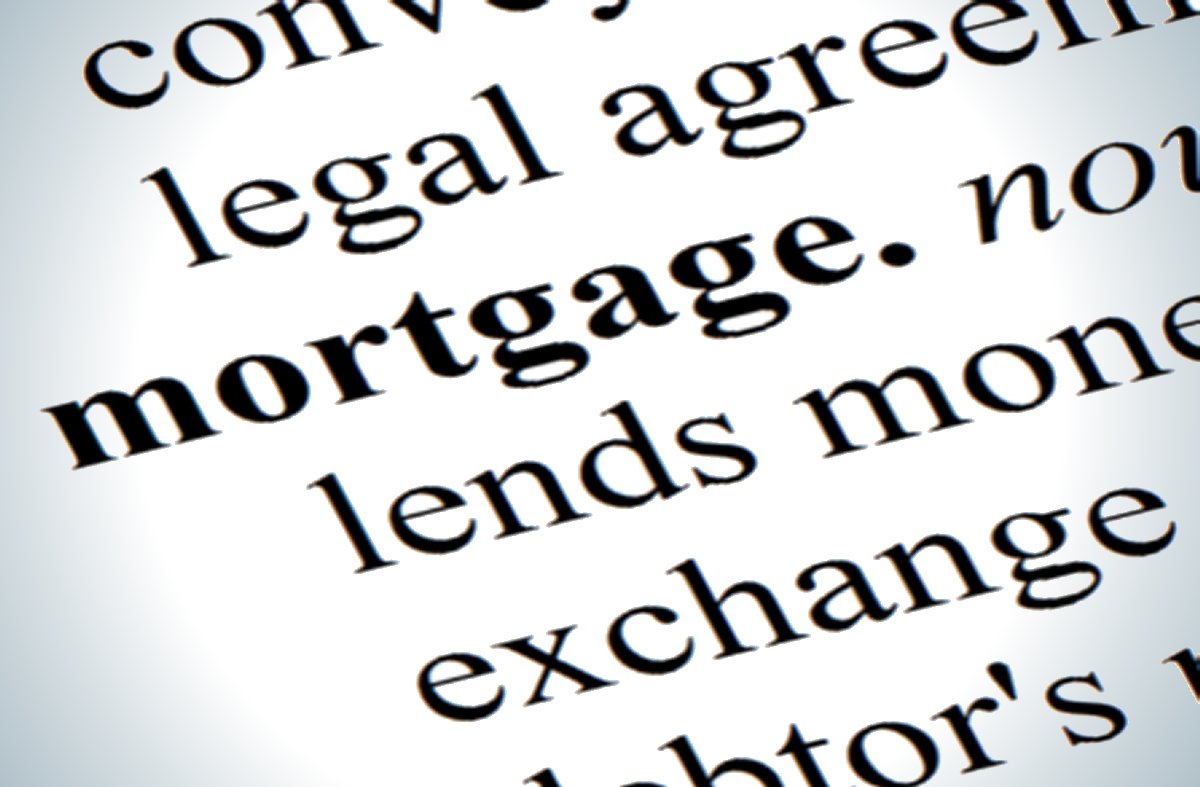Choosing the Right Mortgage Loan and Down Payment Options

License: Creative Commons 3 – CC BY-SA 3.0; Attribution: Alpha Stock Images – http://alphastockimages.com/; Original Author: Nick Youngson – http://www.nyphotographic.com/; Original Image: http://thebluediamondgallery.com/tablet-dictionary/m/mortgage.html; changed image size
Look At Your Finances
With so many types of mortgage loans available, how do you choose the one that is right for you? The first thing to do is be honest with yourself about your finances.
- How much money do you have saved to go towards the down payment and closing costs? Keep in mind that you need to save about 3% of the cost of the house for the closing. You will need 0% plus closing for the VA and USDA, 3.5% plus closing for the FHA, and 5 to 20% plus closing for conventional loans.
- How is your credit score? If you score is less than 620, you will not qualify for a conventional loan. If it is less than 740, your conventional loan interest rate will be high. FHA requirements allow someone with lower credit scores to get a home, just as all other government-backed loans.
Look At the Timing
Government-backed loans require more paperwork than a conventional loan. Because of this, they take longer to process. If you need to move in a hurry, then these loans will not be for you. The average close time for a conventional loan is 44 days. Government-backed loans can take up to 2 weeks longer. If paperwork is missing, however, this can extend for even longer periods of time.
Look at Savings and Opportunity Costs
You may have the 20% down payment saved along with the closing costs, but do you really want to spend it? Let’s look at a conventional loan. For conventional loans, you can put 20% down and avoid private mortgage insurance (PMI), or you can put 5% down with PMI.
So, for a house that costs $250,000 with a 30-year loan, you have these options:
Put down $50,000 and pay $1,073 a month.
OR
Put down $12,500 and pay $1,373.91 monthly, which includes the insurance.
Most people look at the monthly payments and say that obviously, they would want to pay less per month, so they would choose the first option. However, let’s look a bit deeper. In order to save $300 a month, you have to reduce your savings by $37,500. At $300 a month savings, it will take you 125 months or almost ten and a half years to recoup this money. That’s a lot of time to live without a substantial nest egg.
Then you have to look at opportunity costs. What else might you want to do with this money if it weren’t sitting idly in your house? Perhaps someone will have a destination wedding in Puerto Rico, and you don’t want to have to decline because airfare is not in the budget. Maybe you’ll have the opportunity to buy the sailboat you’ve always wanted at a steal and having that money in the bank will seal the deal. Maybe the money would be better off earning interest or making a great return on investment in the market. No matter what, that $300 a month savings has an opportunity cost, and you need to consider that before making a decision.
Look at Length of the Mortgage Loan
And what about 15-year versus 30-year mortgages? Once again, let’s look at a conventional loan for $250,000 with 20% down.
30 yr: You can make payments of $1,073.64 paying interest of $186,511.57 over the life of the loan
OR
15 yr: You can make payments of $1,581.59 paying interest of $84,685.71 over the life of the loan
Once again, most people see the amount they would be saving in interest and assume that a 15-year mortgage is the right option. But it might not be the right option for you.
Monthly payments are $500 more. Can you afford that? Will those payments make you house poor, meaning that you can afford your house but nothing more? Think again of the opportunity costs. What else could you be doing with that $500?
Also, consider how long you intend to stay in the home. If you feel confident that you will remain in the home for years to come, then a shorter loan might be worth the interest savings. On the other hand, if you plan to move on quickly, it might be better to use that $500 towards other things, even if it means simply saving the money.
If you aren’t sure, you can always go with a 30-year mortgage and make the larger payments of the 15-year schedule by paying extra payments to your principal. In this way, you can have the benefits of a shorter loan but still be able to go back to a 30-year schedule if funds get tight.
With so many options available, it is important to compare rates and programs to determine which combination works best for you. At today’s low rates, you are sure to find many good options. Contact us today to discuss different loan and down payment options. We’d be happy to help you understand the many choices.